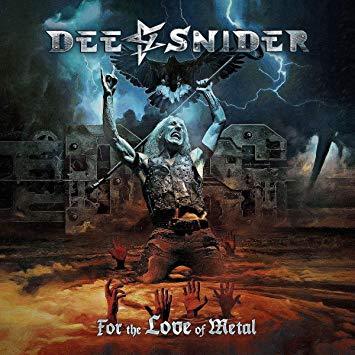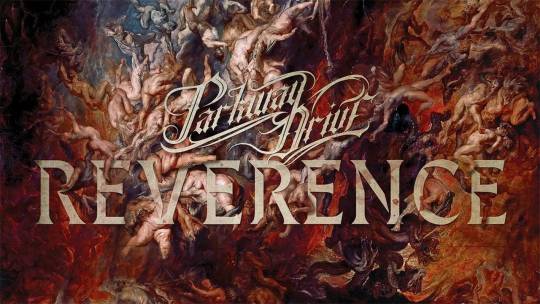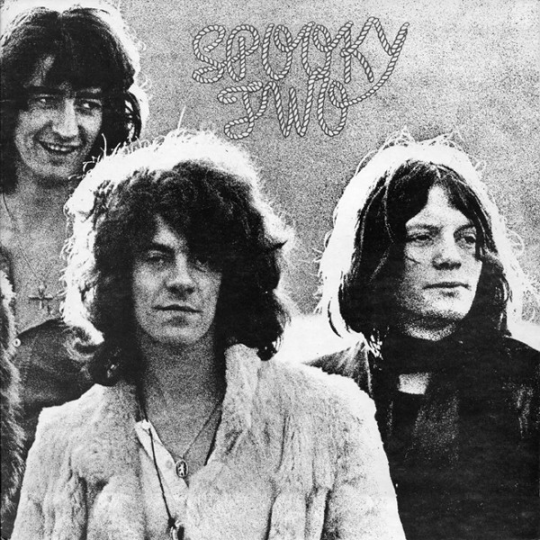Pat Junior. What can i say about a man who has come to be a staple in the NC Hip-Hop Community… For those of you who don’t know Pat Junior’s work, he is a writer, rapper, and producer from Brooklyn, NY. Pat moved down to Raleigh and began to make a name for himself in the Music community here. In 2016, I was introduced to his music. Pat has been putting out work ever since and his growth as an artist and musician is evident in his sound. His newest album “Black & Mild: Black Wayne” is no different. He continues to grow the themes of getting laid off and wanting to support his dreams as well as his wife and family in both an emotional sense and financially. Leading up to this project Pat had been laid off four times in the past seven years. He speaks on this often in his lyrics and you can tell that this has had a huge impact on his outlook on life and music. This is where Black Wayne starts.
All, now
The project opens with pat speaking on themes he has rapped about in the past. He’s been laid off again and is starting to realize that he wants more than he has. He wants to be more for his wife more than anything but i think this can extend out to his friends and even to himself. The first track especially feels like he has been broken for the last time but for the first time, he says he needs a pivot. Pat makes it known that he is moving away from working a regular job because the pain of losing his job so frequently showed him that music should be his path in life.
In his music this point in time was visible. His production became more polished. His rhymes and comparisons became smoother and intelligent, yet still digestible. You could even hear a shift in his voice. Passion that was always present in his work became magnified and clear.
The transition is very natural from “All, now” into “to The Dawn.” His production experience shines on this track. The beat is smooth but still has the edge as he raps lines about pushing forward through his pain and past experiences. The listener can hear that he wants to push his own boundaries because he wants to be the best he can be and then some. He has made it so far already that he has to keep pushing forward. This really reminds me his song “always forward ft. thedeeepend” that was released on his first Black & Mild project (Highly recommend the Sinopsis remix of this track). While these two songs have similar themes in my opinion, you can hear the new found edge in Pat’s voice on “to The Dawn” and in the second verse that edge creates a huge musical impact. He speaks on other more mediocre rappers getting the same acknowledgement from crowds even though Pat is pushing the boundaries with his lyrics. This transitions into the chorus and then into the smooth track “an ode to a jumpoff.”
an ode to a jumpoff.
This is a song that had me grooving from the time I heard the first beats. Timmy V kills it with the production using moody synths that have a melancholy decay to them that really complements Pat’s voice and cadence. The lyrics are relatable and when combined with the production, it creates one of my favorite Pat Junior tracks of all time. Pat shows off his lyrical skill on “an ode to a jumpoff.””You always ruining the best times/ Keep me company but kill mines/Always blocking out the sunshine/You go again and come again with each climb” is the hook and it really shows that even though this person (or thing) comes up at the worst time and he feels like he could jump, he doesn’t because he has to keep pushing forward.
smoke break // two
This instrumental interlude really shows off some of Pat’s production skill and gave me a minute to process everything i had heard up to now in this album. Pat speaks on some dark topics and the track leading up to this interlude is pretty heavy once you break his metaphore. This track also does a good job at changing the pace a little and transitioning into the second part of the project.
let it… (breathe)
This track is the deepest on the project. Pat talks about letting go of problems and talking to people despite your problems. Pat is saying that by putting conflict out in the open and being real with someone you can maintain relationships and not just keep things pent up inside. While i love the message, this has to be one of my least favorite songs from Pat. It feels like it drags on with the chorus at the end. This may have been an effect he was going for but it feels like a marathon. It keeps listeners in the same tone that is provided by “smoke break // two” and then transitions until the hardest tracks on the project.
the ride ft. Jodi
This was the single from this project and rightfully so. “The ride” is a good summary of the whole project. Pat hits a lot of the same themes as he has throughout the project and communicates his need to leave his mark. He knows that people are going to hate but he just wants to do this for himself and his wife. The production on this track complements the contemplative nature of his vocals. He is deep in thought and that translates well to the listener.
aye, aye. Ft. Swade
This is classic pat junior flow on a refined lyrical plane. He knows his mission in the game now and is going to do whatever it takes. It’s almost like he was given orders by a higher power and he will do anything it takes to fulfill them. His flow in the first verse is insane and the lyrics match.
“Really been guarding my space, up/Light saber knight with the ace, tucked/Biting every bullet til I taste, bucks/Chucking dead weight to the waste, yuck” Pat is about to do anything it takes to make it in the game and the way he portrays this in both black and mild projects is brilliant. Swade also bodies the second verse and plays on the themes of the album. He talks about just wanting to provide for his mom and that he wants to “be a king but [he] can’t be rodney” in a reference to the late rodney king. He continues to speak he preaches peace but that would change whenever someone tried him. The pairing on this track creates an insanely cohesive song and i hope that we can see more from the pair in the future. This leads us into my favorite track and the first I heard from Pat.
s.o.t.b.
Stepping out the batcave. Pat makes alot of refrences to Batman and gotham city in all his work and it works for him. This track has been a hit of his for some time now, but this was the first time it was used as more than just a single. It fits and is a great closer for this project. Pat has pushed passed his fears and is determined more than ever as he steps out of his batcave and enters his personal gotham city. He doesn’t know what to expect, but he is ready for anything. The production is also the hardest on the album and the way he uses repeating beats and pitch bending creates an erie vibe and really complements his lyrical style.
black & mild: black wayne is an awesome follow up to the first black & mild project. It shows Pat’s growth as a musician and artist. His writing on the project blew me away compared to his past work even though it was already at such a high level. Everything seemed to come together on this project for Pat. Its deep and shows a vulnerable side to the artist that we have caught glimpses of in the past but has never been fully fleshed out like it is on black wayne. This project has me really excited for the first full length from Pat.
P.S. Check out Smoke Signals by pat junior and Sinopsis. It is the first black & mild project remixed by a great producer and provides a different vibe from the original. Highly recommend.





